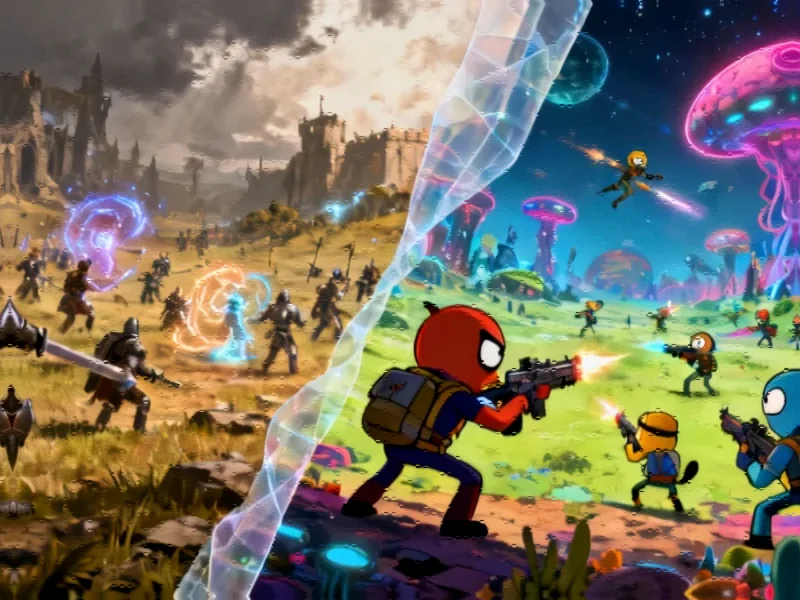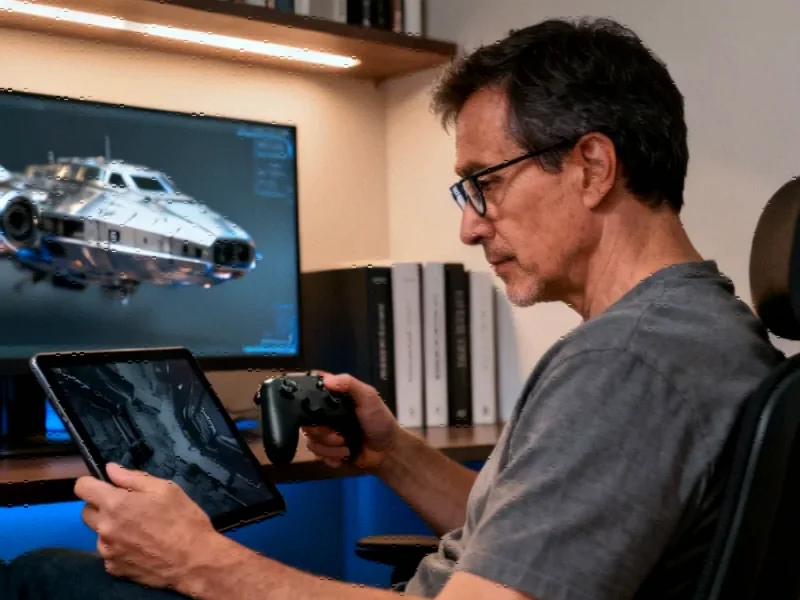Tech Workers Unite for Collective Bargaining Power
In a significant development for the gaming industry, over 100 employees from Blizzard’s Hearthstone and Warcraft Rumble teams have officially unionized with Communications Workers of America Local 9510 in Irvine, California. This move expands the growing unionization movement within Activision Blizzard, bringing the total number of unionized staff to more than 1,900 employees across the company.
Microsoft, which completed its acquisition of Activision Blizzard last year, has reportedly recognized the union—a notable development given the technology sector’s historical resistance to organized labor. The unionized workers include software engineers, designers, artists, quality assurance testers, and producers who seek to address longstanding workplace concerns through collective bargaining.
Worker Perspectives on Collective Action
Dominic Calkosz, a game designer and organizing committee member, explained the rationale behind the unionization effort: “My coworkers, as individuals, have voiced many concerns over the years, but it is easy for any company to ignore individuals. We chose to organize in pursuit of a collective voice and a force of solidarity which the industry cannot ignore.”
The decision comes amid broader industry developments in labor organization, with CWA president Claude Cummings Jr. recently visiting Blizzard’s Irvine campus to show support. Unionized staff across Activision Blizzard have joined the World of Warcraft Bargaining Committee for solidarity walks as contract negotiations continue, signaling a coordinated approach to labor advocacy across different game development teams.
Broader Industry Context and Implications
This unionization wave at Activision Blizzard reflects larger trends in the technology and gaming sectors, where workers are increasingly seeking greater input into workplace conditions and corporate decisions. The movement coincides with other significant market trends affecting technology workers, including recent legal developments that are reshaping corporate accountability.
Eurogamer’s recent discussions with members of Blizzard’s story and franchise development team revealed similar unionization efforts, with workers articulating specific demands from Microsoft. These developments occur alongside other related innovations in workplace organization across the technology sector, including at companies implementing new computing architectures that are changing how technical work is performed.
Connections to Wider Technology Sector Movements
The gaming industry’s labor movement mirrors organizing efforts across the broader technology landscape. Recent coverage of this development highlights how worker advocacy is becoming increasingly common in technology companies. Meanwhile, other sectors are experiencing their own transformations, with significant platform changes affecting how technology workers approach product development.
Infrastructure providers are also adapting to new market conditions, with gaming infrastructure companies facing unprecedented demands that impact development teams. These parallel developments in the technology ecosystem demonstrate how worker organization intersects with broader recent technology shifts affecting the industry.
Industry-Wide Implications and Future Outlook
The successful unionization at Blizzard occurs alongside other significant labor actions in the gaming and technology sectors. Earlier this week, EA employees and the Communications Workers of America issued a statement opposing a proposed private acquisition of the company, arguing that workers were excluded from negotiations and that potential job losses would “be a choice, not a necessity, made to pad investors’ pockets.”
These developments reflect how workers are increasingly seeking to influence corporate decisions that affect their livelihoods. As the industry continues to evolve with new development tools and companies pursue ambitious AI initiatives, the relationship between technical workers and management is undergoing significant transformation.
The unionization of Blizzard development teams represents more than just a workplace development—it signals a fundamental shift in how technology professionals are advocating for their interests in an industry experiencing rapid change and consolidation.
This article aggregates information from publicly available sources. All trademarks and copyrights belong to their respective owners.
Note: Featured image is for illustrative purposes only and does not represent any specific product, service, or entity mentioned in this article.



